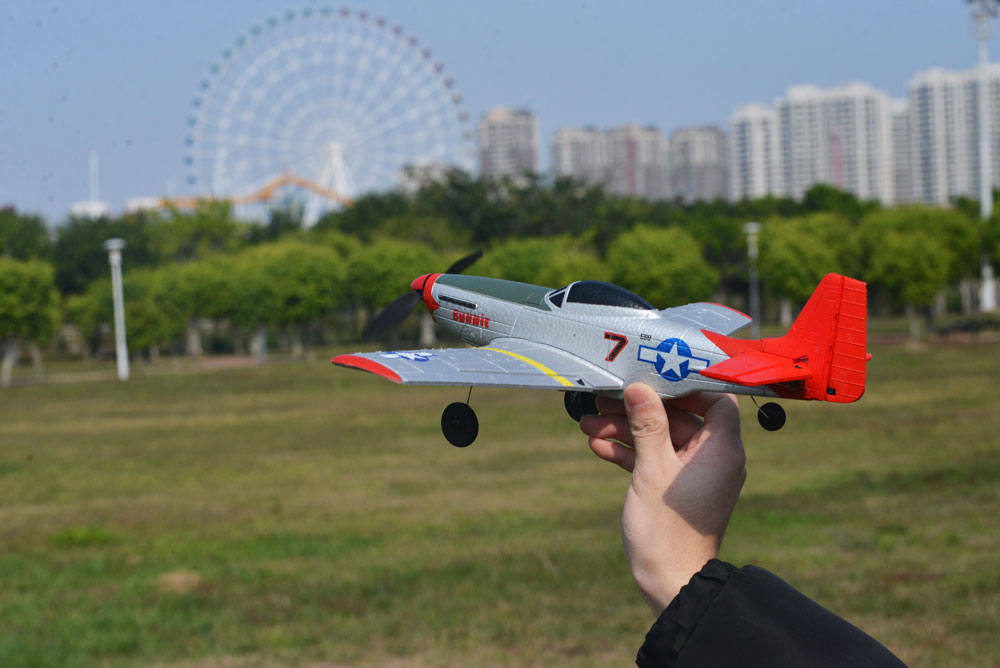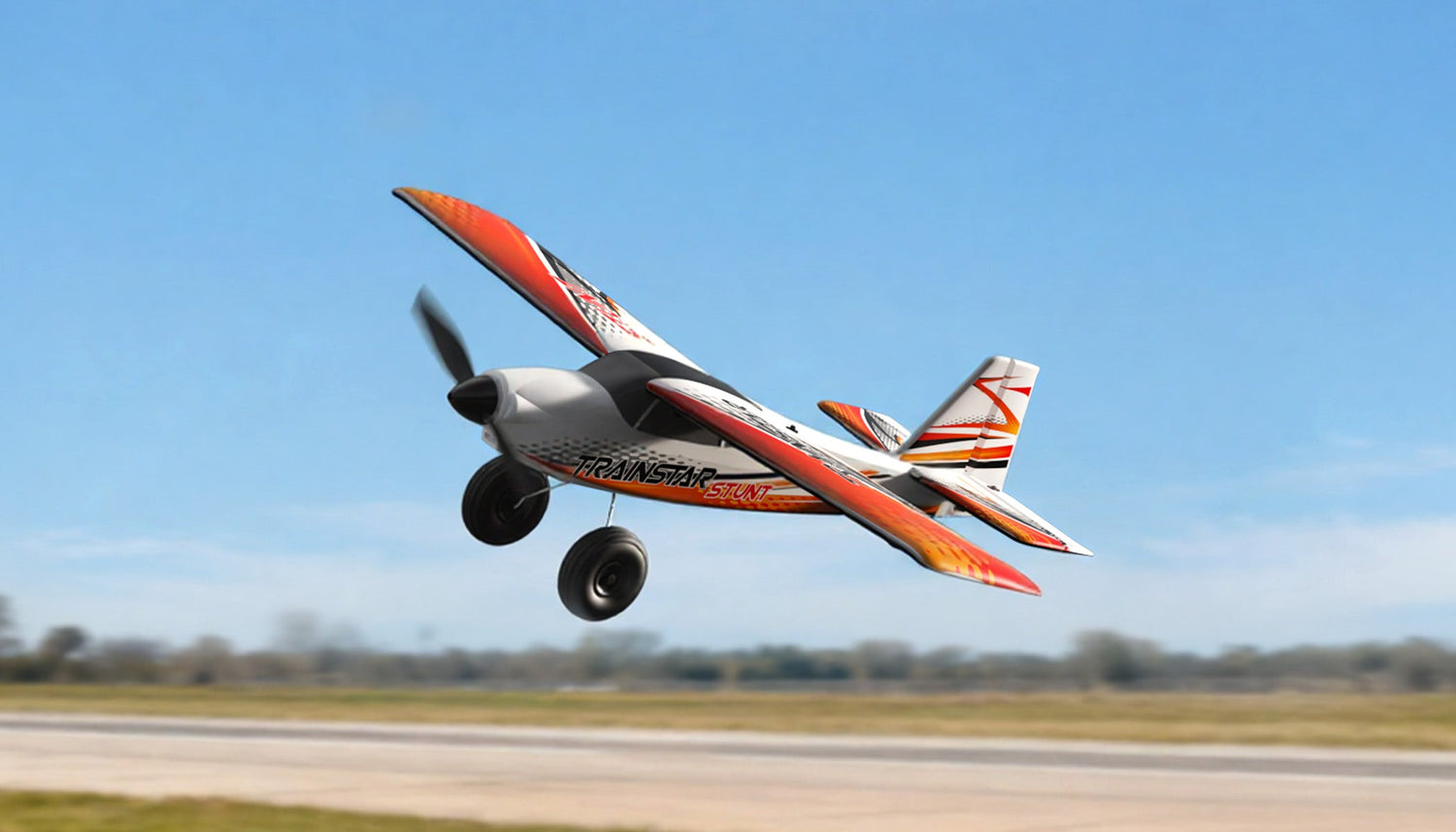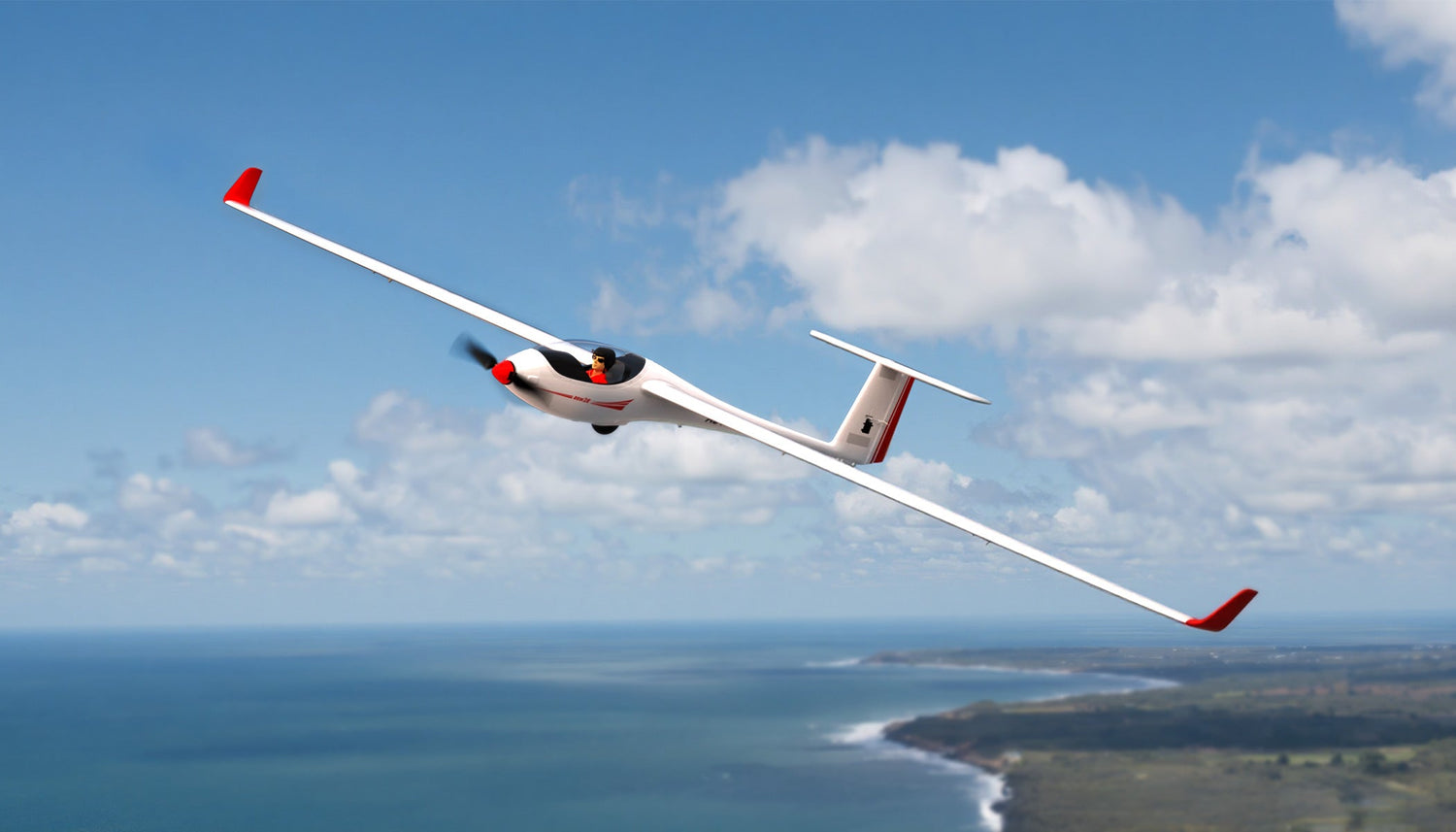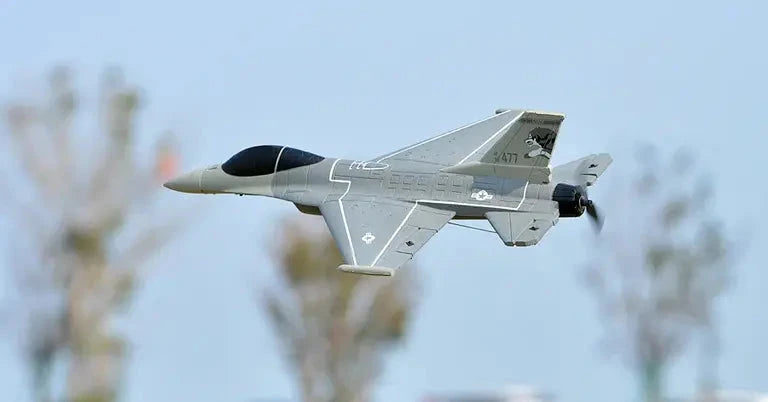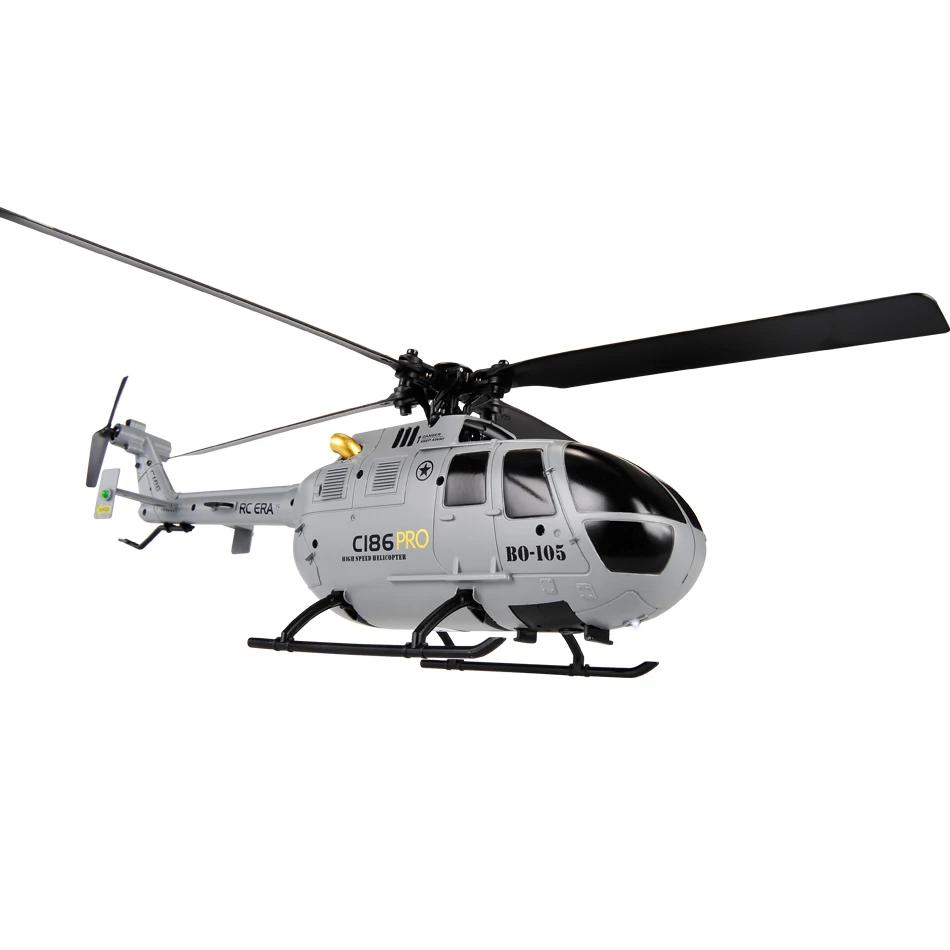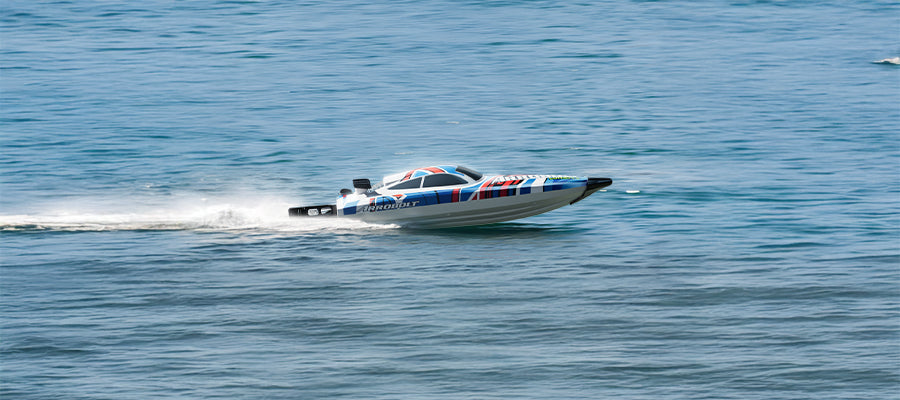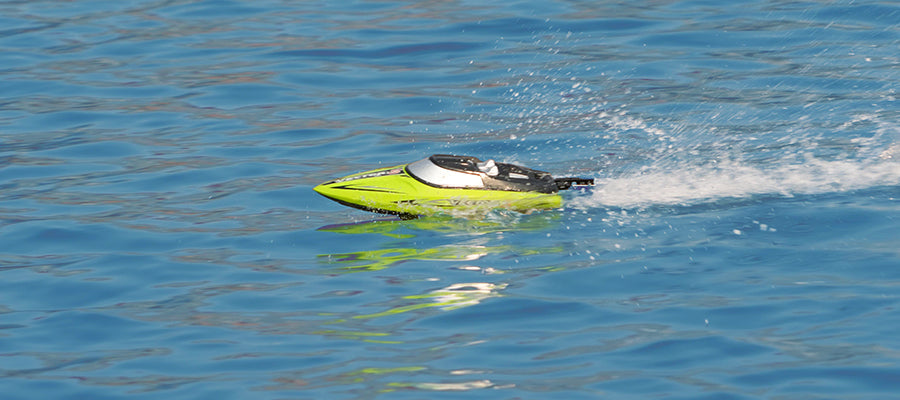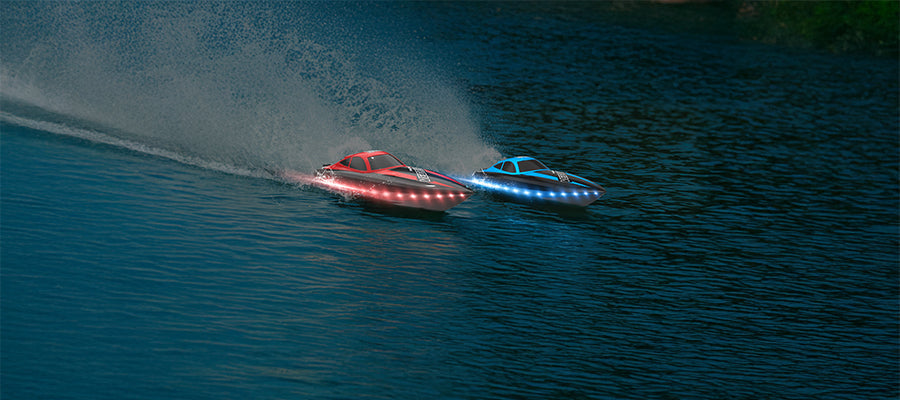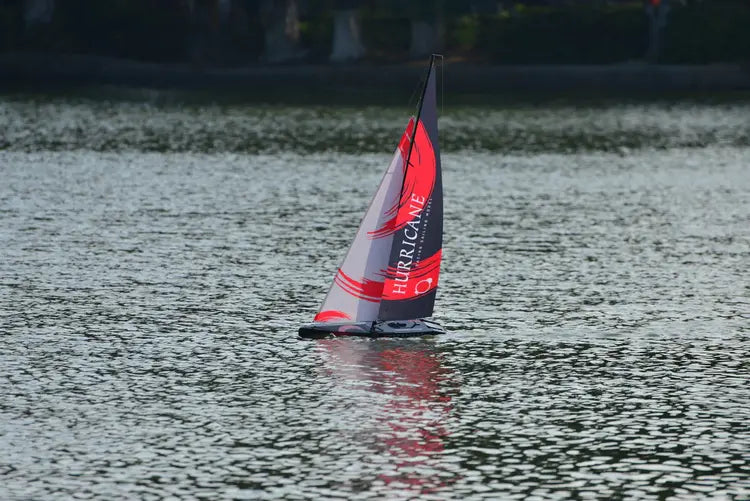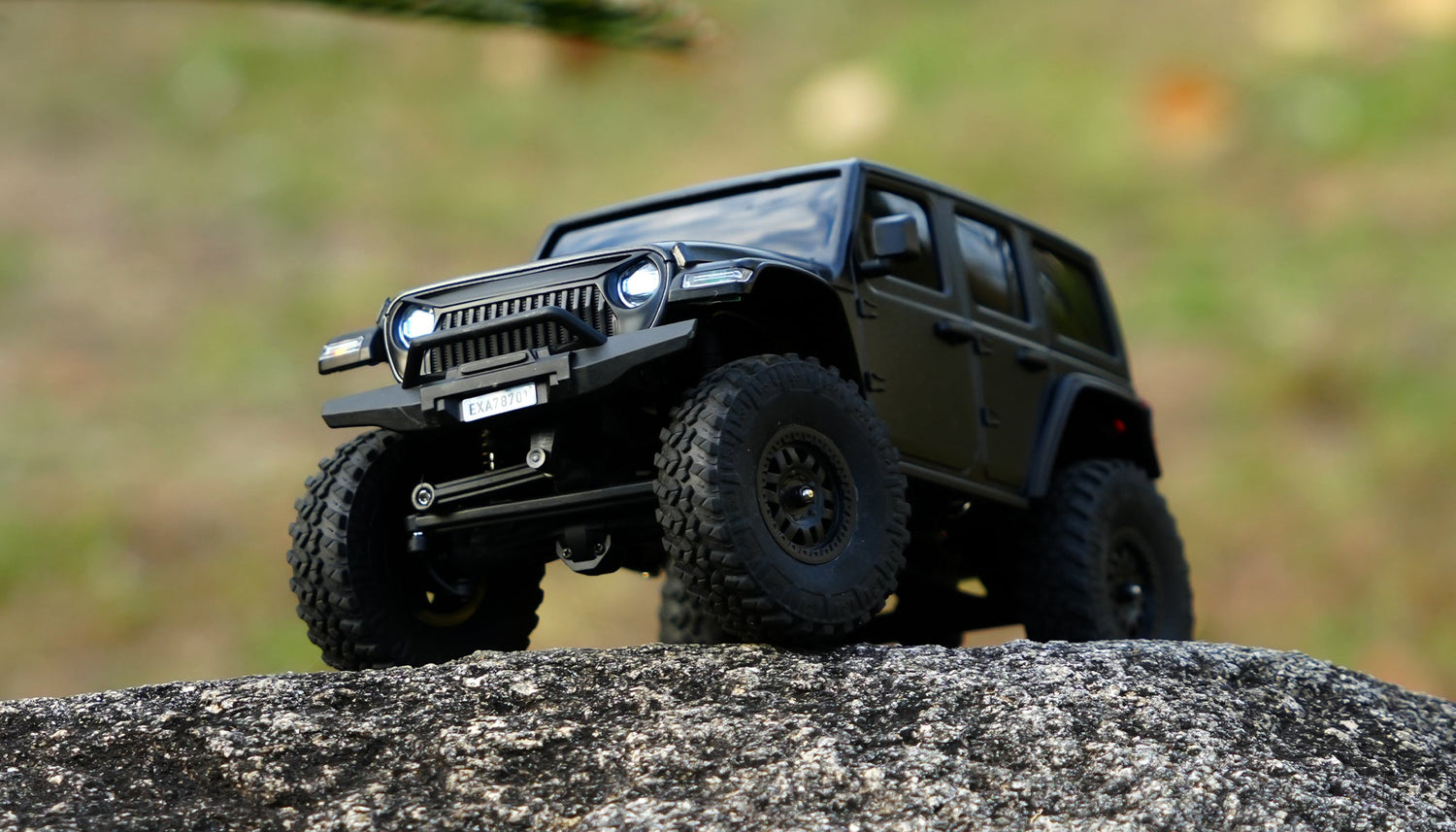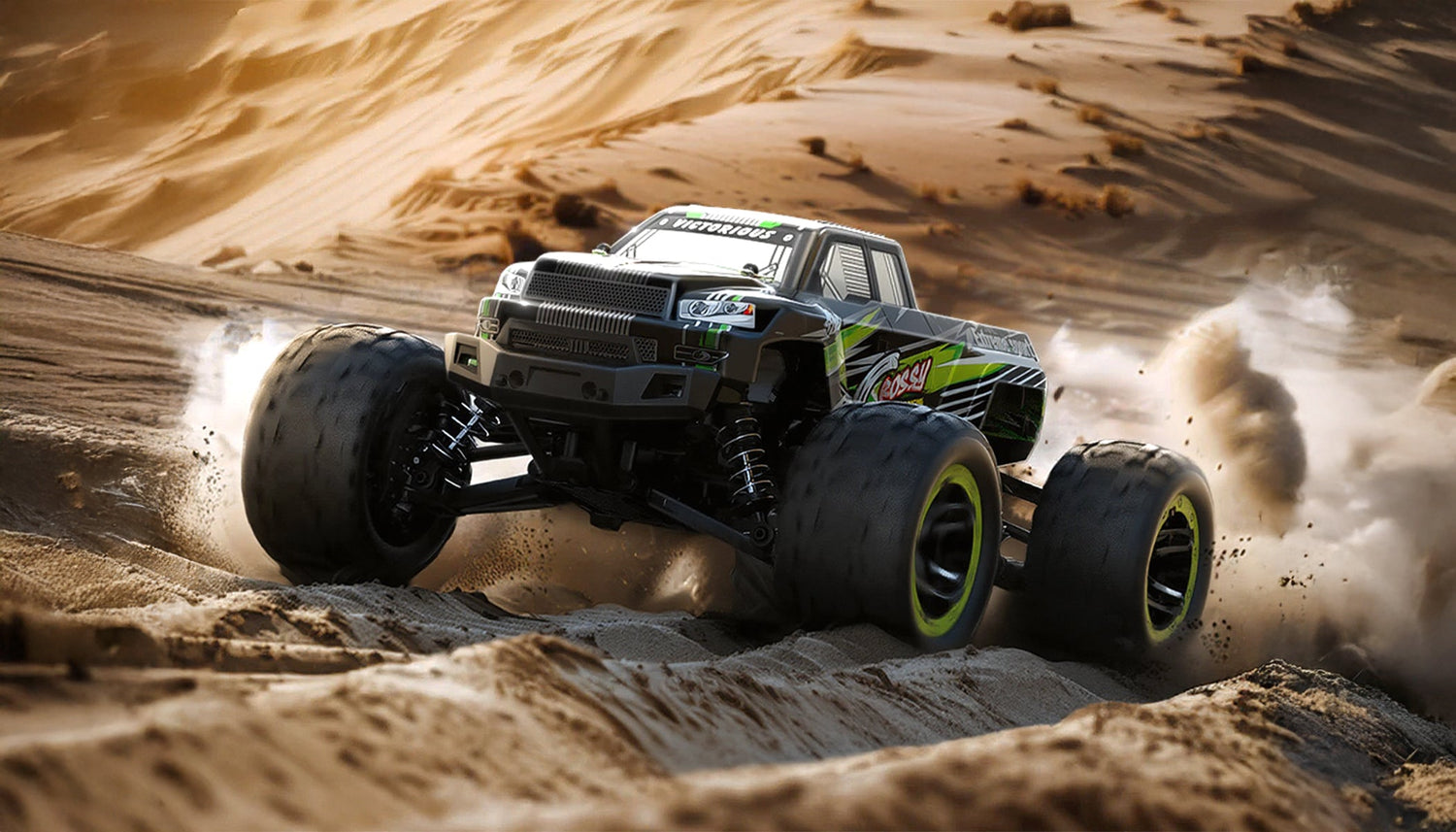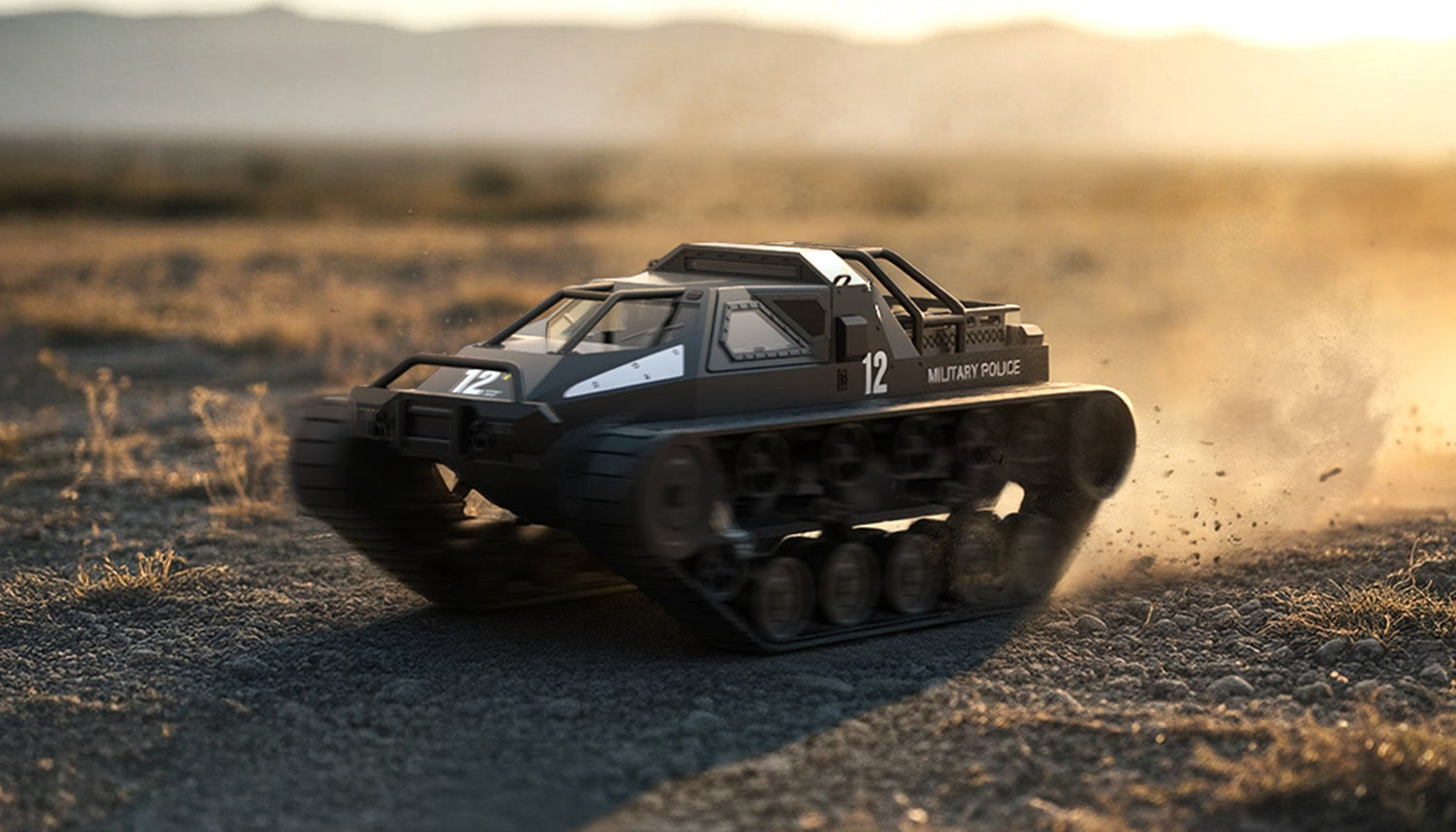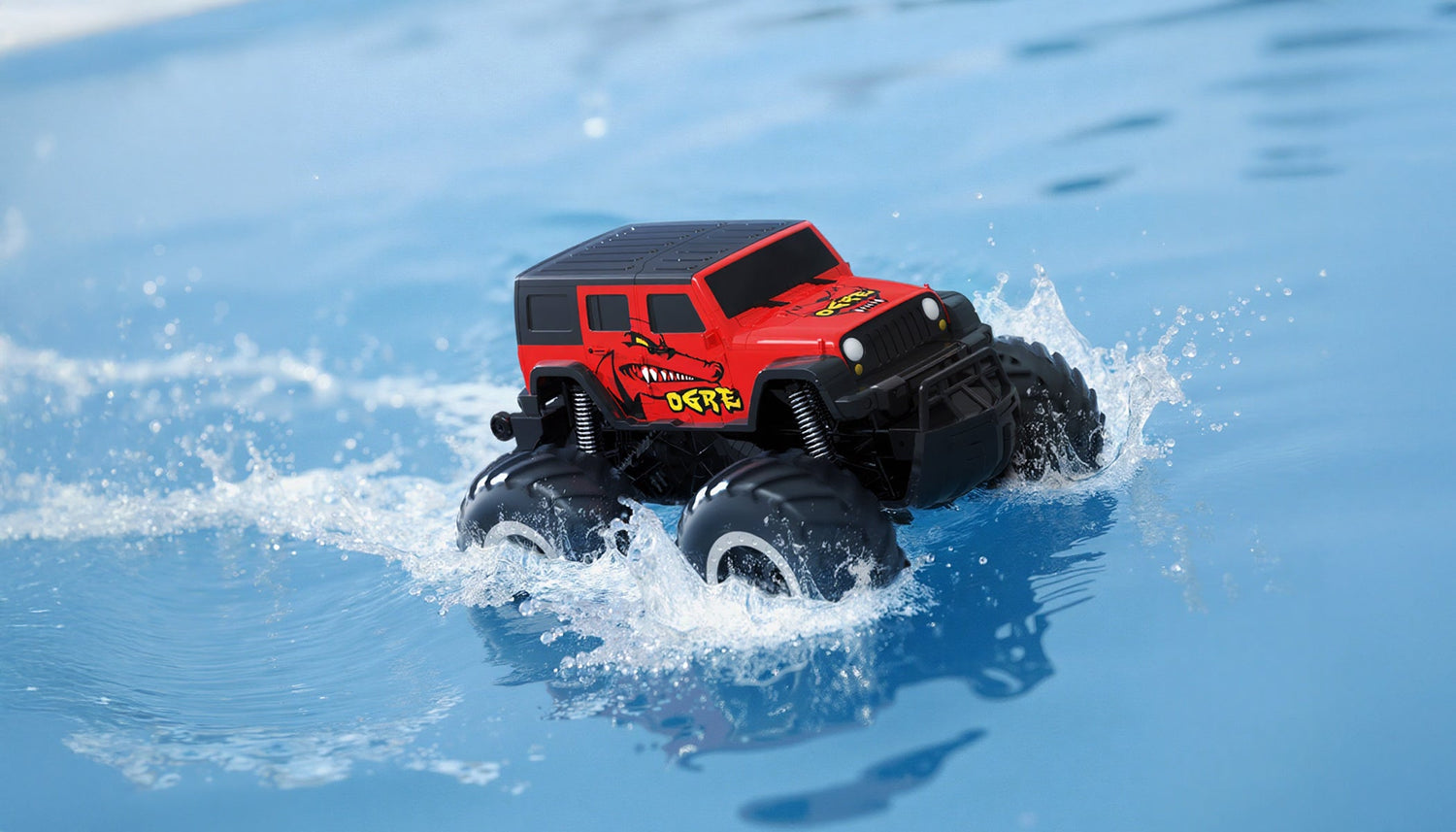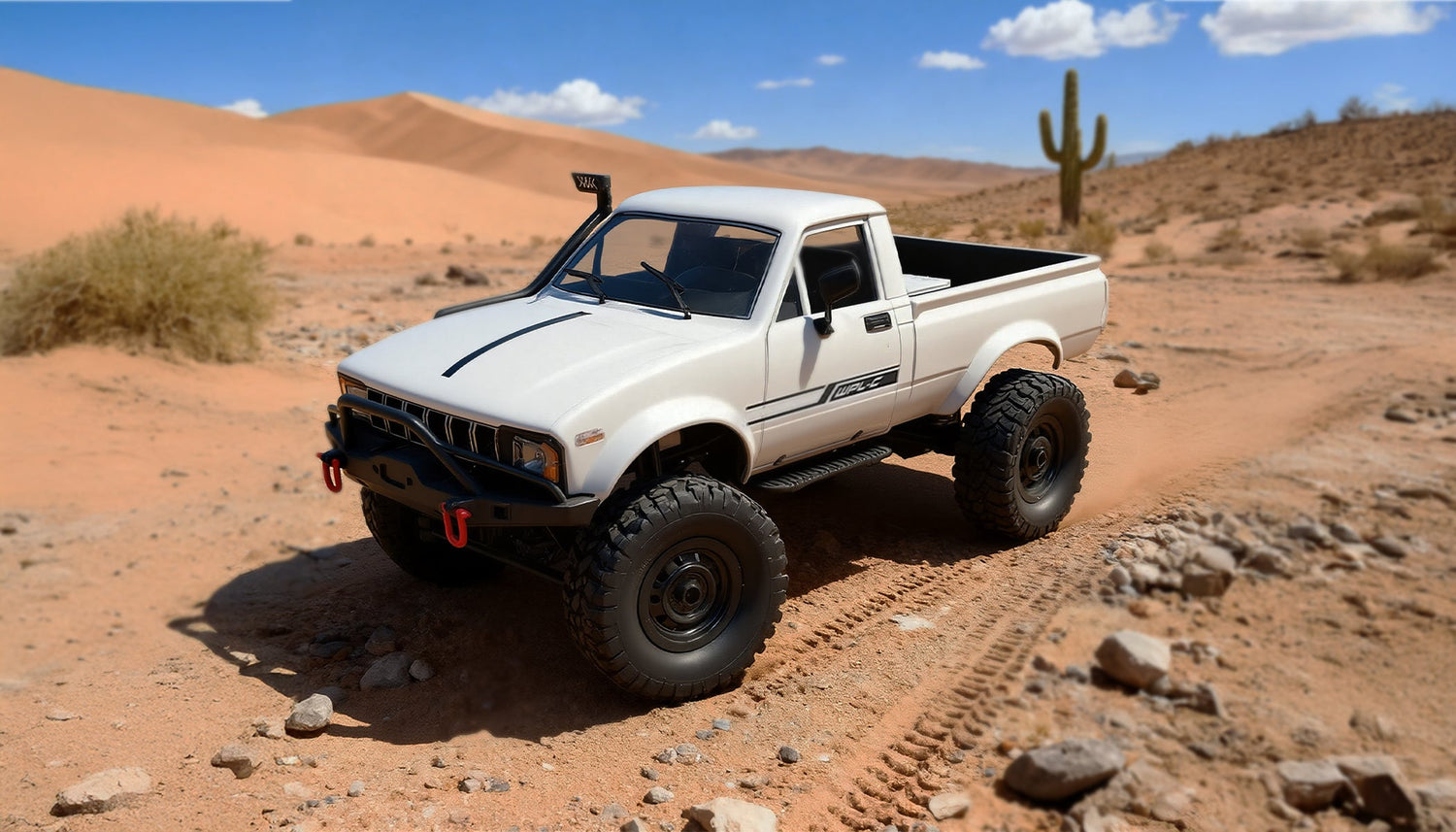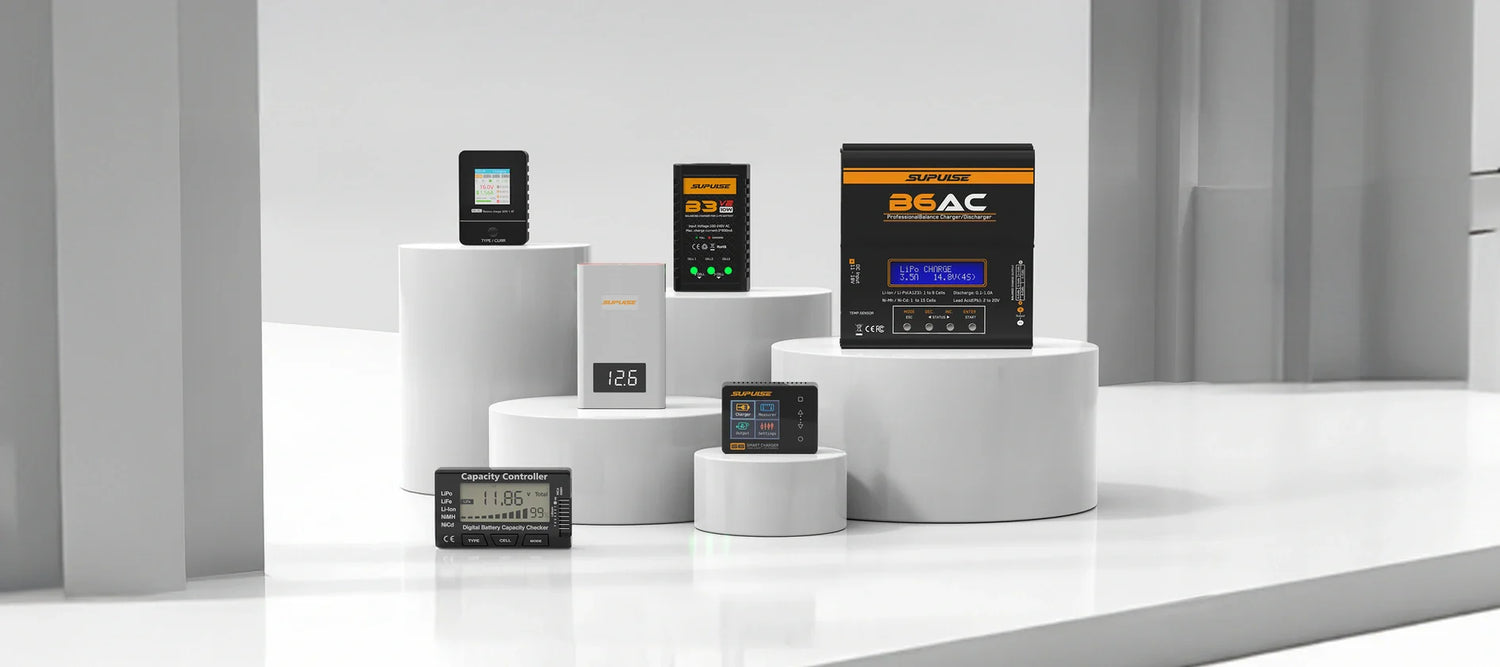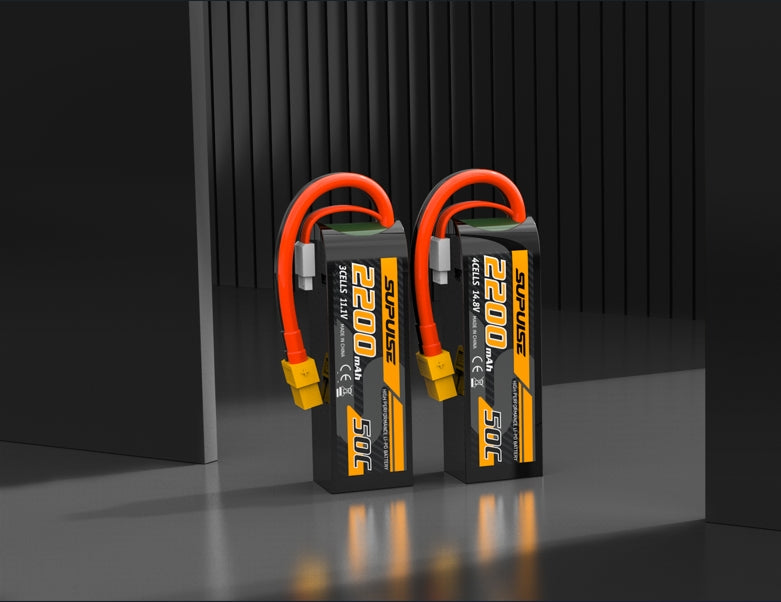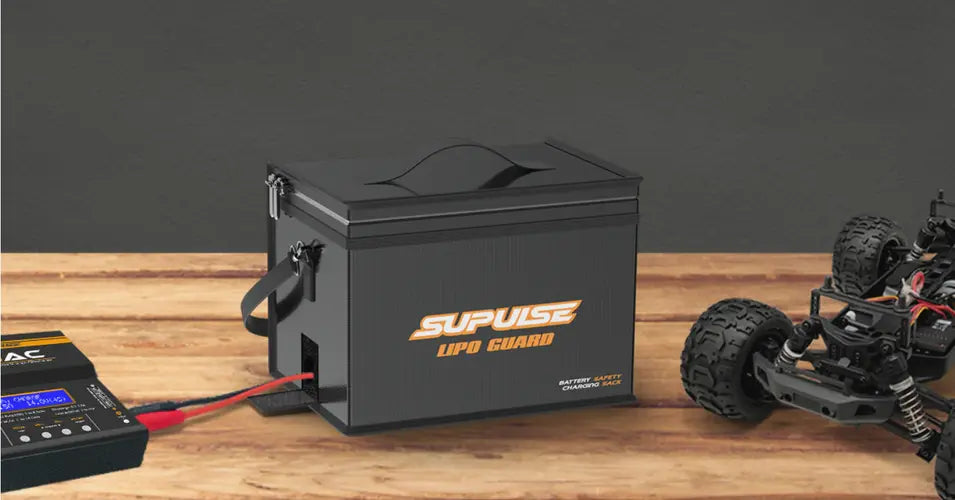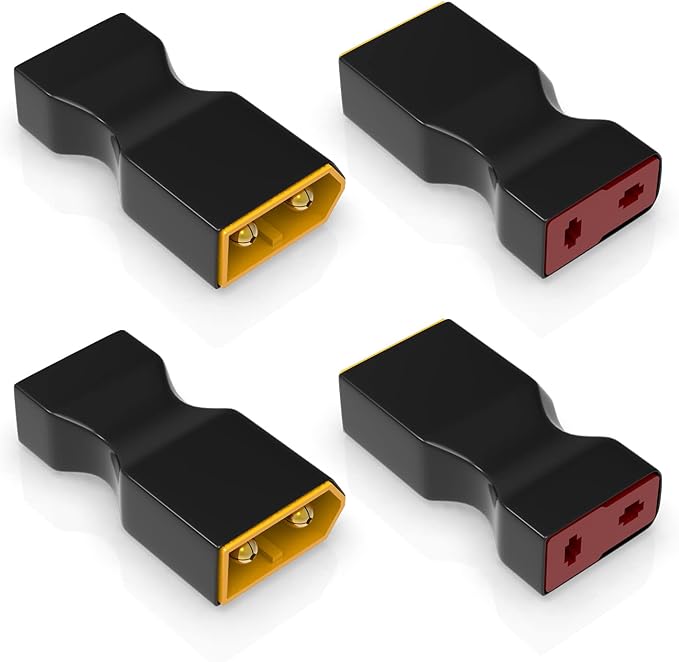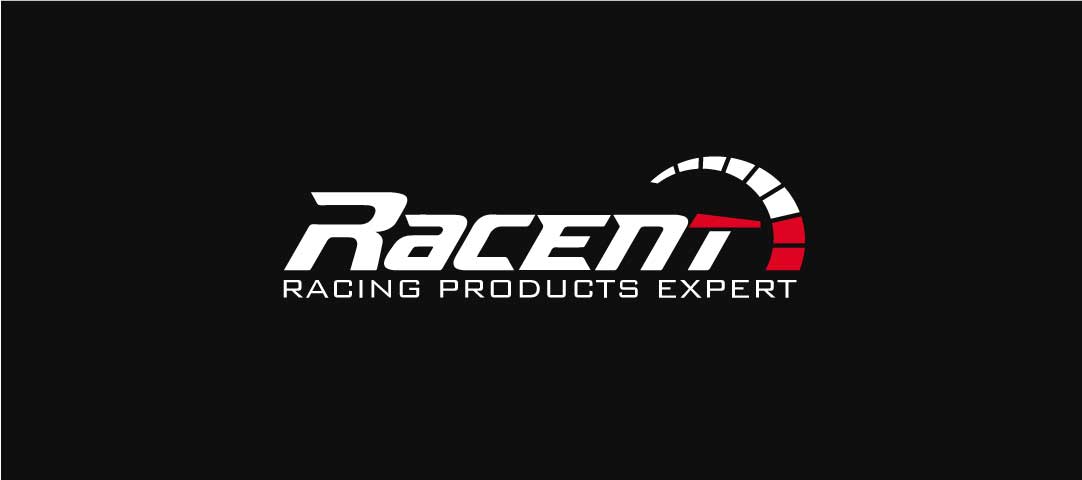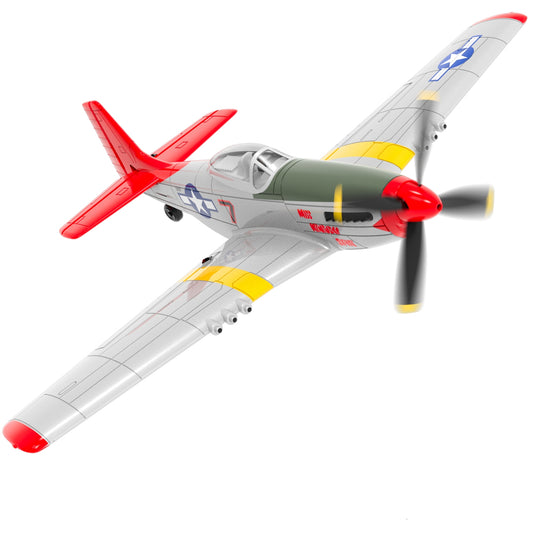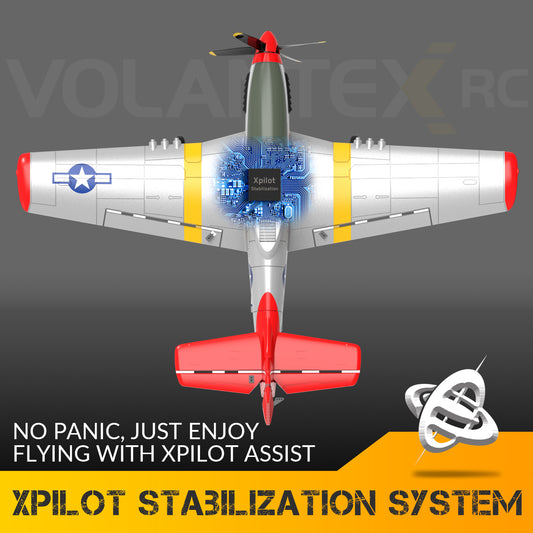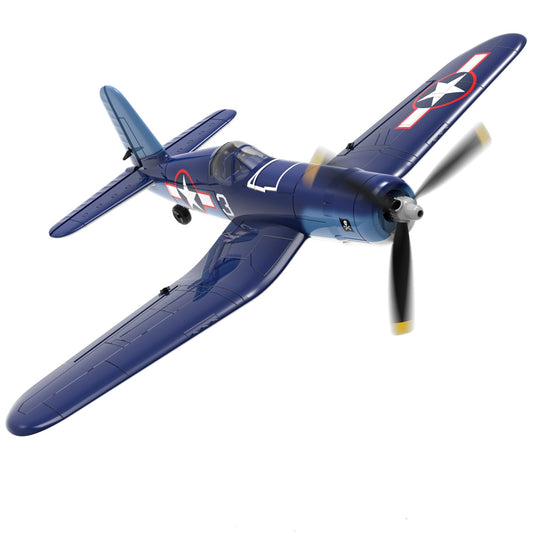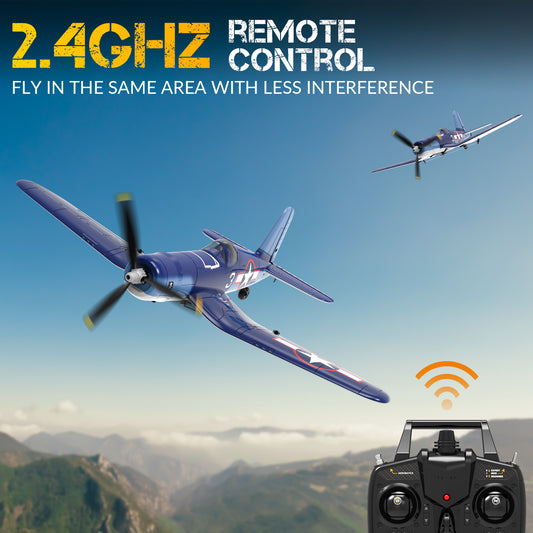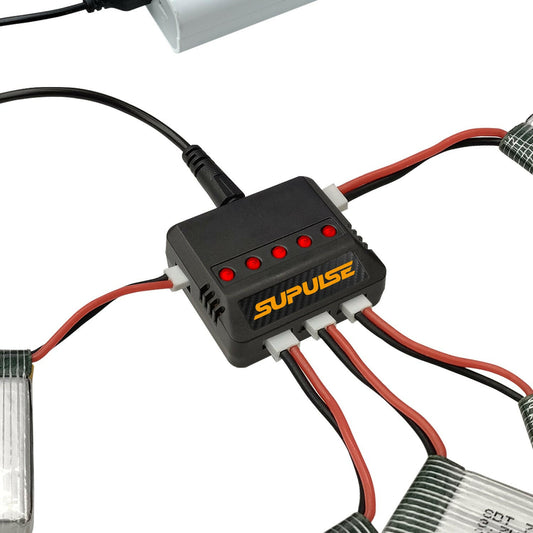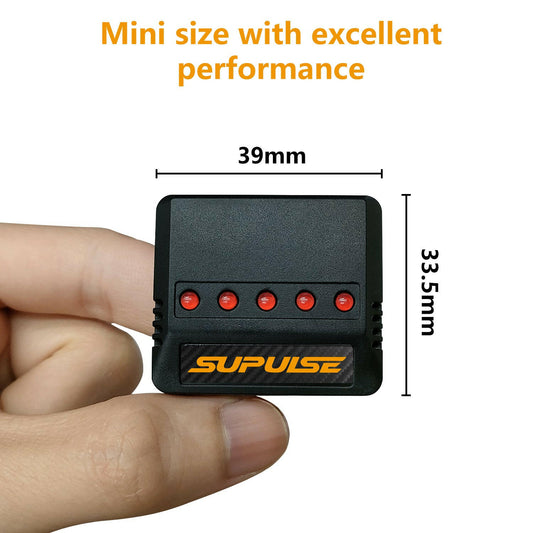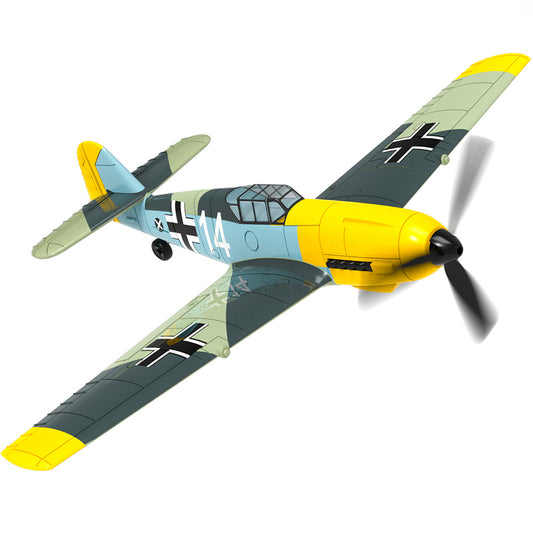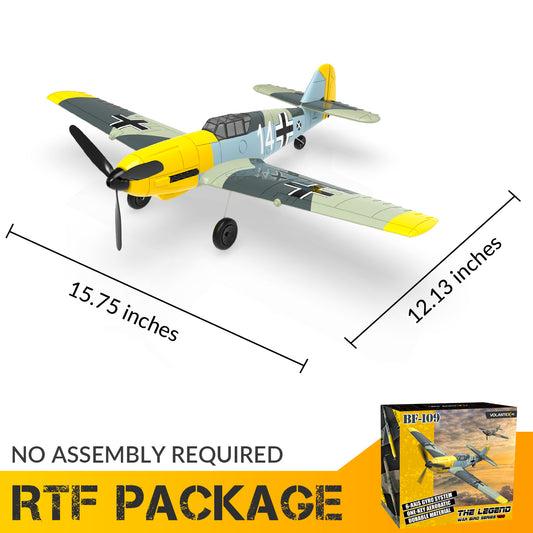What is RTF?
What is PNP?
What is Brushless?
As a novice, it is very important to understand some key parts of the aircraft. In most cases, you need to do some small assembly on your first aircraft, which will require some small adjustments to make it fly correctly. Or your aircraft may have trouble (for example, the aircraft falls due to misoperation, and the battery is dead and needs to be replaced), and parts need to be replaced. A good start is to understand what the part is so that you can do some research.
The brushless DC motor is composed of a motor body and a driver, and is a typical mechatronic product. Because the brushless DC motor runs in a self-control mode, it will not add a starting winding to the rotor like a synchronous motor with heavy load starting under variable frequency speed regulation, nor will it cause oscillation and loss of step when the load changes suddenly.

Most importantly, a brushless engine is much more efficient than a standard brushed motor and generally lasts much longer!
A lithium-ion polymer battery known in the RC hobby community as a LiPo battery is powerful and light. They’re also rechargeable and provide enough energy in their small form to enable you to fly.

Most radio transmitters these days operate on the 2.4Ghz spectrum and have what’s called frequency hopping to prevent others from interfering with the control of your model. This makes flying easier because there is no need for you or others to carry crystals to the field as they did in the earlier days allowing model flyers to remain on one frequency.

A receiver is what allows you to control your plane through a radio link. If you’re planning on flying more planes, you can control them all by installing a receiver in each one and using the same radio transmitter.


